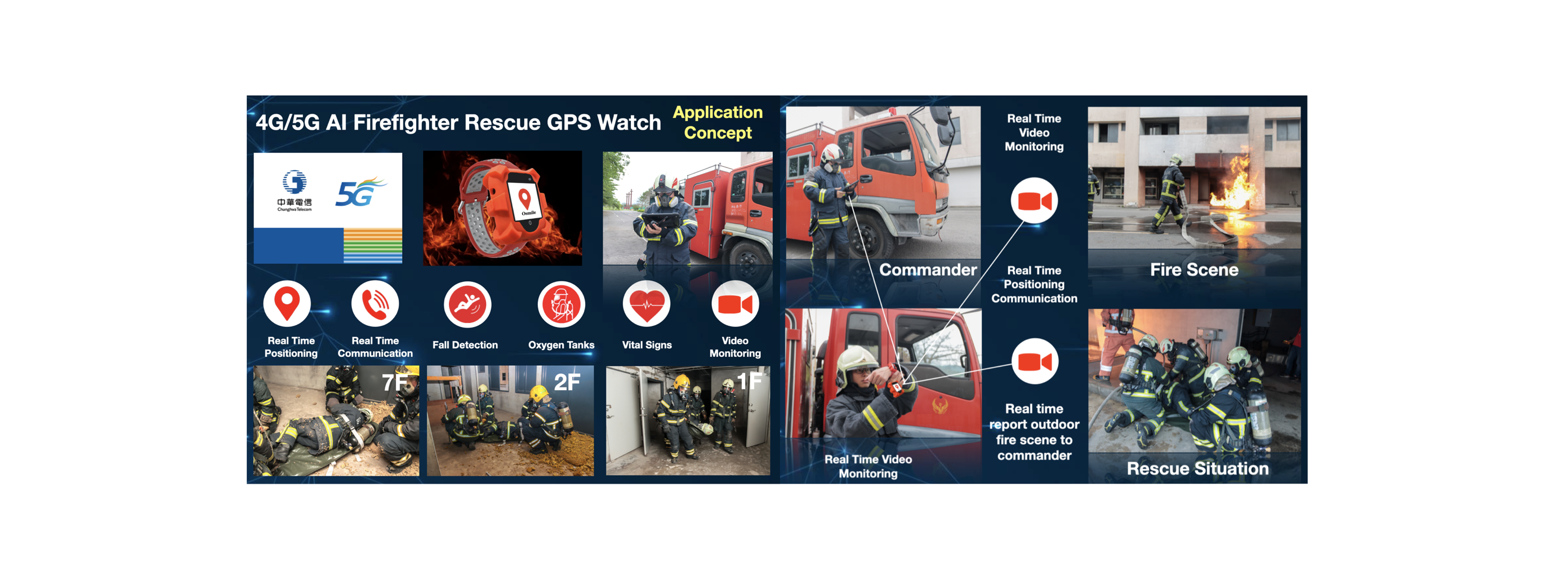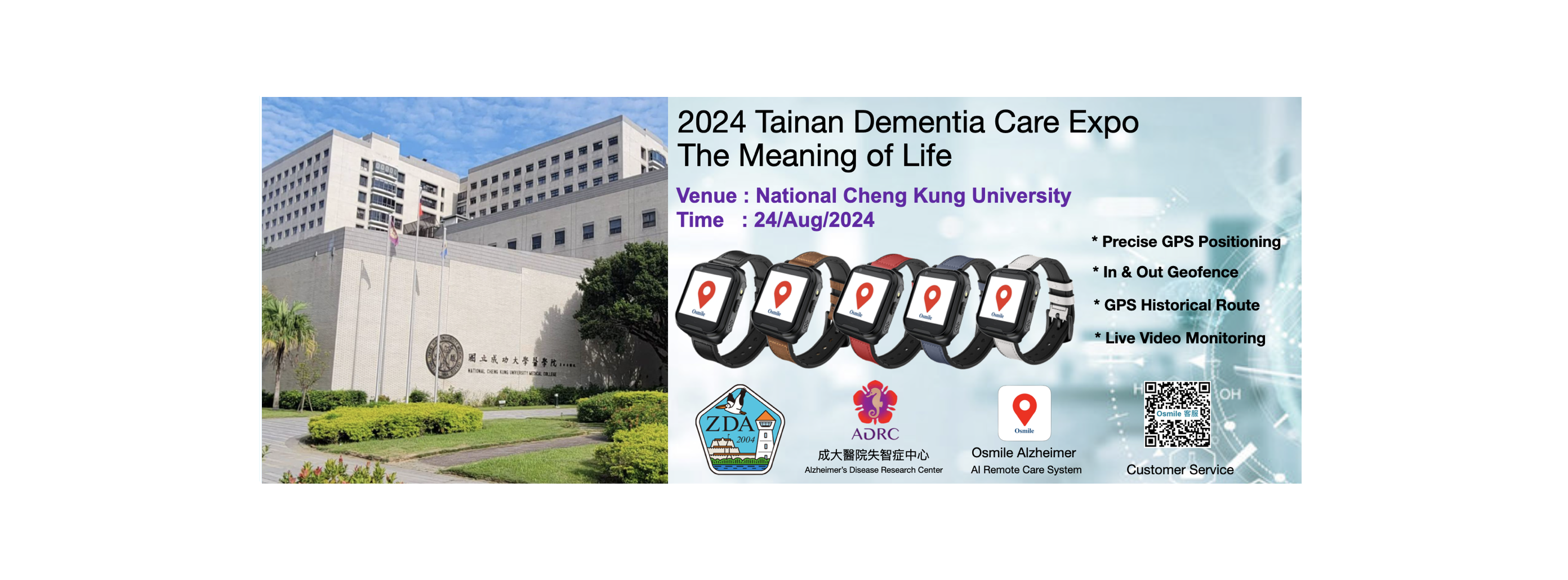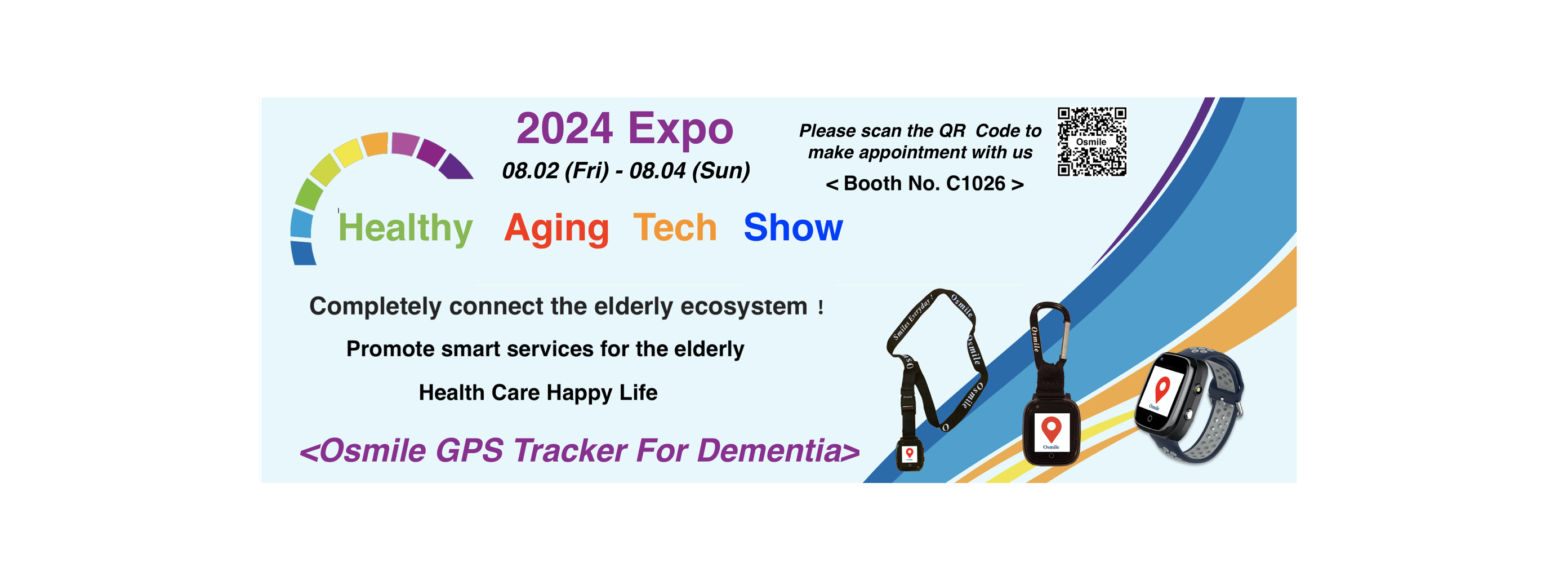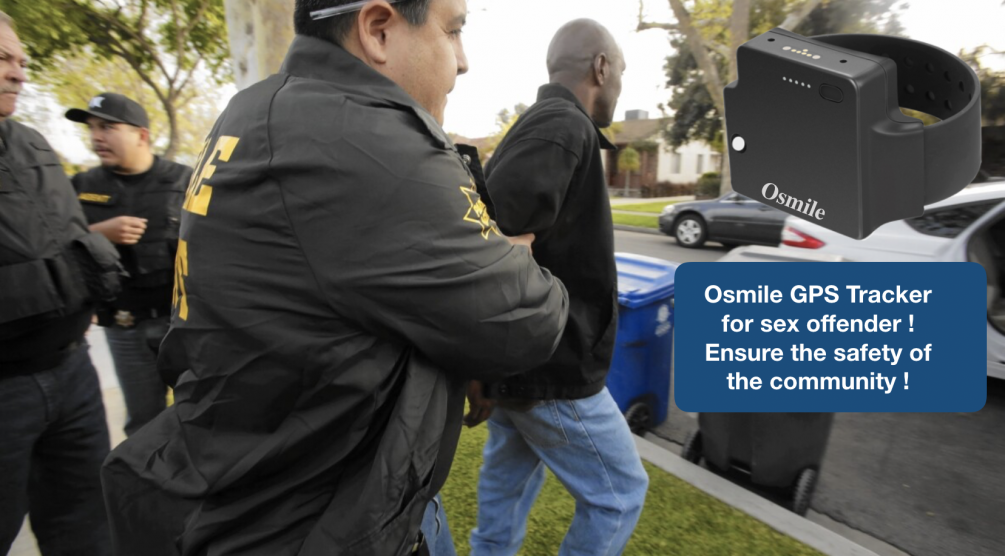News
.png)
QUESTION How does the state electronically monitor offenders in the community?
SUMMARY
Parole and probation officers can monitor offenders in the community using electronic monitoring. They use two types of monitoring: radio frequency (RF) and global positioning system (GPS) monitoring. Because probation and parole share a contract with a provider, they use similar electronic monitoring technology.
RF monitoring is primarily “curfew monitoring.” With RF, a participant wears an ankle bracelet and places a home monitoring unit in his or her home. The unit can be set to detect a bracelet within a range of 50 to 150 feet. When a bracelet comes in range of the unit, the unit sends a notice to the monitoring center. The monitoring center is staffed 24 hours a day, every day of the year. Depending on whether the offender is on probation, parole, or a prison release program, the court or a parole or probation officer sets a person's schedule. The person can come and go from his or her home according to the schedule.
GPS monitoring requires a participant to wear an ankle bracelet and allows probation officers to track the person's location. Similar to RF technology, when the participant comes within the range of his or her home, it notifies the monitoring center. Officers set inclusion and exclusion zones for a participant, which can be permanent or set to a schedule. For example, a participant allowed to work can have an inclusion zone that requires him or her to be at the workplace during working hours. Exclusion zones can be set to limit a person's contact with a particular address and the bracelet sends an alert if the person comes within range of that address. Among other things, the GPS technology also identifies a person's speed of travel and when a person stops at a location for a length of time.
The Judicial Branch states that because these technologies rely on cell service, GPS technology, and radio frequency, notices sent by the system can take five to 10 minutes or longer depending on the type of reporting established, type of technology, and technological issues such as the availability of cell towers or interruptions in service.
USE BY PAROLE OFFICERS
Parole officers monitor adult offenders on parole and those participating in certain Department of Correction release programs, such as home confinement. According to Parole Manager Eric Ellison, the parole board may order electronic monitoring for parolees. Officers choose the appropriate type of monitoring based on assessing an individual's risks, needs, and convictions. Parole officers use GPS monitoring for sex offenders and others that pose a more serious risk to the community. Ellison states that officers may also adjust the type of electronic monitoring or the restrictions imposed to enhance their ability to monitor a person who is not complying with his or her conditions of release. Officers may switch the type of monitoring or reduce restrictions on a parolee who is complying with his or her conditions of release and succeeding in the community. Parole officers review alerts sent by the monitoring devices the next business day and investigate every alert each business day.
For home confinement, Ellison states that all offenders are placed on RF monitoring. Offenders are confined to their home unless they have a specific activity that is approved by a parole officer such as work, medical appointments, substance abuse treatment, or meetings with a parole officer. The law authorizes home confinement for certain offenders convicted of driving under the influence, certain drug crimes, and certain driving without a license crimes.
USE BY PROBATION OFFICERS
Judicial Branch probation officers monitor both adult and juvenile offenders. According to the branch, officers use both RF and GPS monitoring for adult offenders, with GPS used primarily with sex offenders and certain high risk clients. Currently, the branch states that officers only use RF monitoring with juveniles because the types of crimes involved make these offenders a lower risk to the community.
Osmile ANK1000 Offerder GPS Tracker Order Information: https://www.osmile.com.tw/ank1000.php
.png)




